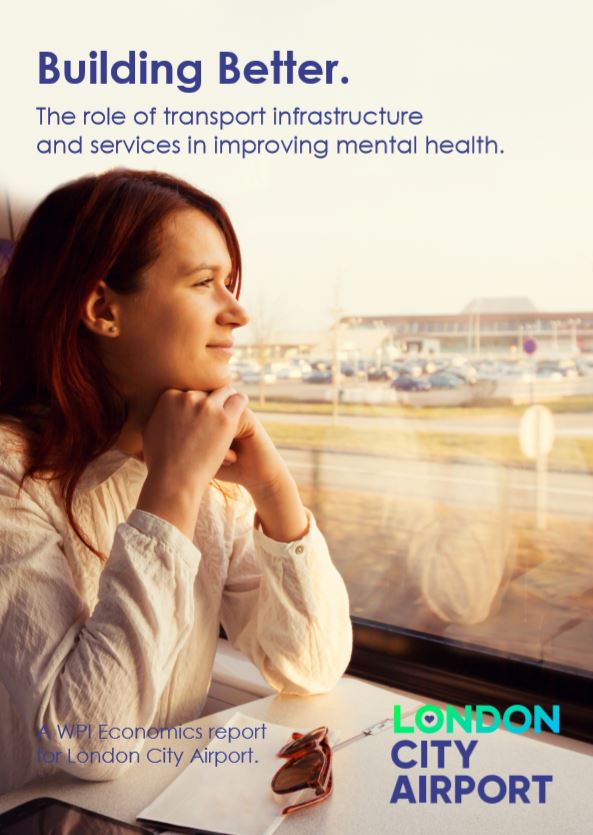
With one in six people experiencing mental ill health each week, it is important to consider how different environments may be contributing to poor mental wellbeing. While the home and work settings are obvious factors, it is also important to consider the impact of travel, as many people use transport infrastructure for their daily commute to school or work as well as leisure reasons like visiting family or friends. Disruption to journeys, crowding and air and noise pollution can all increase travellers’ stress, which over time can have impact beyond the time spent on a journey: for example, an additional 20 minutes on a commute shows similar impacts on wellbeing as a 20% pay cut for someone on the National Living Wage, and people with longer commutes are likely to visit the GP more frequently.
As well as the human cost of mental ill health, WPI Economics looked at the cost to the economy, public sector and individual. For example, in Greater London, where nearly one in five adults suffers from a common mental disorder, these costs are £35bn, £12bn and £45,500 respectively. With improved design and investment, transport hubs can contribute more positively to the national picture of wellbeing and mental health, which improves the wellbeing of their users and reduces the cost to the public purse.
You can read the report here.

